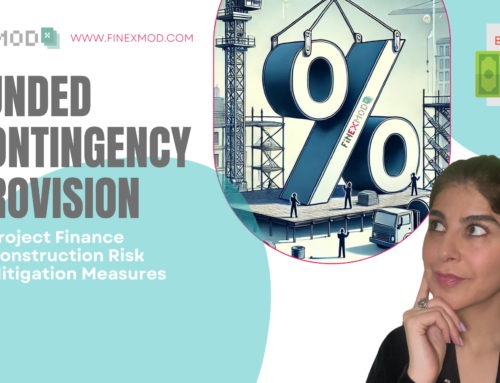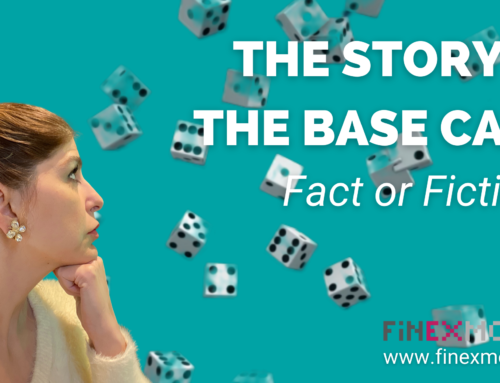What Model Comments Reveal About the Financial Modeler
Even today, in September 2024, when I am writing these words, financial model audits and reviews are still partially dependent on human intelligence. Some parts of the review process have long been automated with various add-ins and audit software that mainly check the mechanical aspects of the model. However, many human hours are needed to go beyond what these software-generated reports provide.
When I go through a list of questions or comments on a financial model, I try to guess the attitude, personality, or mood of the person behind each comment. Thoughts that come to my mind include:
- Example 1: “Ah, these questions (or answers) seem to come from a pessimist!”
- Example 2: “The author of this comment sounds exhausted and stuck in Excel’s prison cells!”
- Example 3: “Now, here’s someone who knows their stuff.”
Once I have a follow-up call with the author of the comments, I can test my hypothesis. I see if I arrive at the same conclusions with the added context of their voice and body language. However, sometimes I get it wrong. For example, I might assume that the person isn’t motivated, but when I meet them, I find someone who genuinely cares about doing things correctly, is overwhelmed with tasks, and could Excel if given enough time.
When I send a long list of comments on a financial model, I notice that the responses to the first 25 questions are usually detailed and well-thought-out. But as I move further down the list, the tone changes, and there’s a hint of frustration in the responses.
My Two Intentions when I do Financial Model Review
Since I understand that words and written text carry our feelings and transmit a specific energy, I make sure to put myself in a good state before reviewing a financial model. I like to be in a good mood and intend to enjoy the process.
When the spreadsheet is open, and I have my first look at it, I squeeze my hands and say:
“Hmm, what can I learn from this model?”
This simple question is one of the keys I received when progressing in my learning journey as a financial modeler. I have learned so much from reviewing financial models. Good and bad models have taught me a lot, but one thing I can sense from afar is the use of templates, especially when they aren’t customized. They feel soulless. The dashboard isn’t tailored, lacks the relevant charts and graphics, and feels boring. These cookie-cutter templates miss that personal touch that makes a model come alive. I can also sense the disconnect between the model template and the uniqueness of the project it’s supposed to represent. If the template is new to me and I don’t recognize the style, I can still learn from it, but I struggle to see its personality. It lacks that spark of human intelligence that makes a model feel crafted rather than just assembled.
My Next Intention: What Can I Improve in This Model?
When I review a financial model, I ask myself: What can I improve in this model? I believe that a financial modeler’s attitude in a deal should be collaborative, just like that of any other actor involved. The goal is to move forward with the appraisal and create a durable, flexible tool that helps with better decision-making.
My comments usually fall into four categories: recommendations, suggestions, clarifications, and points for discussion. I will add that to my Q&A sheet template. You can also check the below post about how to ask better questions:
Starting next week, I will share my financial model-building affirmations. These affirmations are part of a little ritual before I start building or working on my models to remind myself of my values in financial modeling. A sneak peek of the first one is: “Keep it Simple,” which is quite a complex topic.


